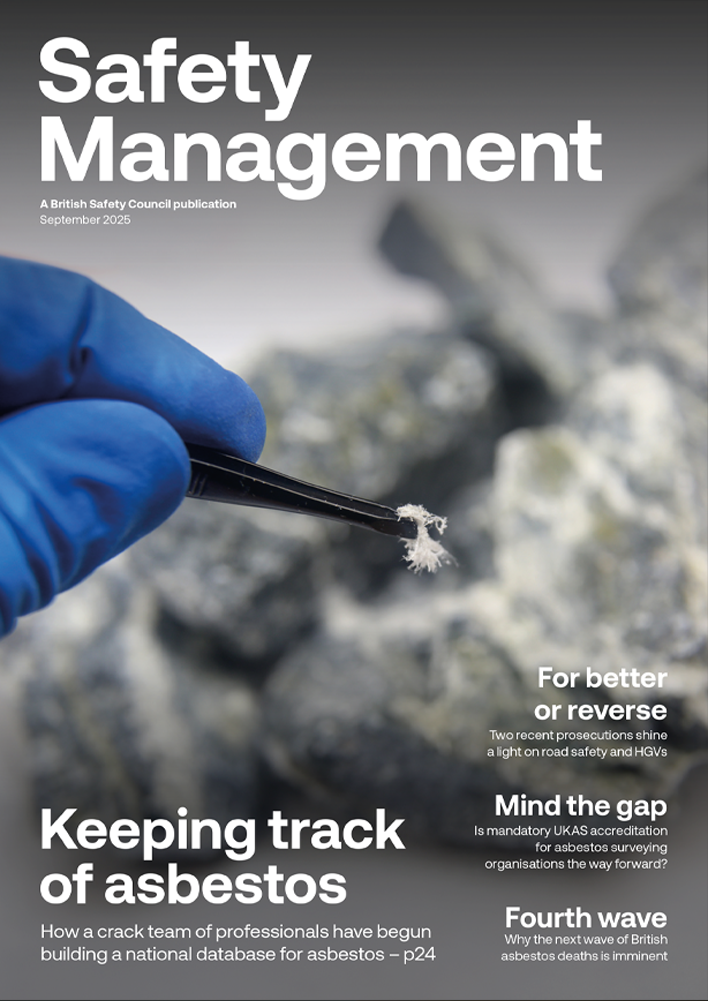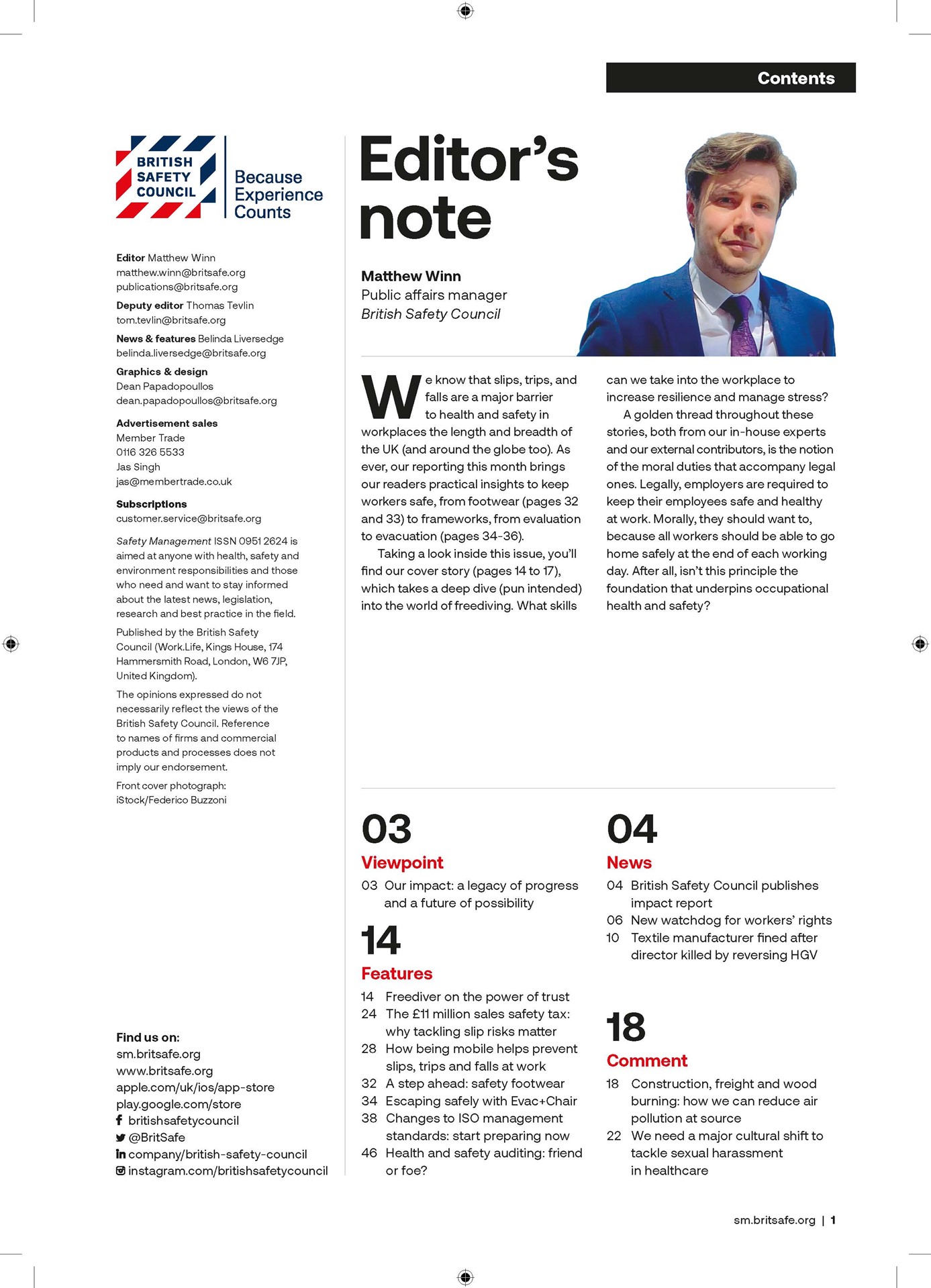More than half of manufacturing businesses that use metalworking fluids are failing to adequately protect employees, inspections carried out by Health and Safety Executive (HSE) have shown.
News
Businesses are failing to protect workers from dangers of metalworking fluids
HSE began inspecting businesses working with metalworking fluids in October, as part of a six-month campaign to improve safety. It will continue carrying out spot checks until the end of March. So far, says HSE, more than half of the inspections it has carried out have identified failings.
Exposure to metalworking fluids, also known as white water, can be harmful to the lungs and skin following exposure. Companies are required by law to carry out health checks on employees who are exposed to these substances. However, many of the firms inspected by HSE had failed to check employees for signs of lung and skin conditions.
 Exposure to metalworking fluids can be harmful to the lungs and skin following exposure. Photograph: iStock
Exposure to metalworking fluids can be harmful to the lungs and skin following exposure. Photograph: iStock
Poor performance was also recorded around the control of metalworking fluids in businesses that use computer numerical control (CNC) machines, says HSE. Local exhaust ventilation (LEV) should be fitted to CNC machines, in order to carry away harmful metalworking fluid mist.
"Our inspections found that there are still far too many businesses which do not have key control measures or health surveillance in place," said HSE inspector Fiona McGarry. "As a result, enforcement action is being taken against these manufacturers."
HSE has created an online quiz in an attempt to raise awareness of the dangers of exposure to metalworking fluids and improve knowledge in this area.
 HSE inspector Fiona McGarry:"Our inspections found that there are still far too many businesses which do not have key control measures or health surveillance in place." Photograph: HSE
HSE inspector Fiona McGarry:"Our inspections found that there are still far too many businesses which do not have key control measures or health surveillance in place." Photograph: HSE
HSE statistics on work-related ill-health and workplace injuries for 2022/23 show that 12,000 people die each year from lung diseases linked to exposure to hazardous substances in the workplace. A further 19,000 new cases of breathing and lung problems are thought to have been caused or made worse by work.
The manufacturing industry, says HSE, has a "substantially" higher-then-average rate for occupational asthma.
"Lung problems and irritated skin don't have to be associated with working with metalworking fluid if you take the right precautions," said McGarry.
NEWS

Nation in declining health as UK marks pandemic anniversary (1)
By Belinda Liversedge on 25 March 2025
Around one in seven (14 per cent) UK adults have experienced a long-term health condition because of the virus.

Workers report having to engage in ‘emotional labour’ to remain positive, finds study on emerging technologies
By Belinda Liversedge on 29 August 2025
Emerging technologies have the potential to fundamentally reshape the world of work. These technologies can enhance productivity and, in many sectors, improve occupational safety and health (OSH) outcomes for workers. However, they may also introduce new risks that are difficult to anticipate and manage.

Lack of first aid skills leave a third of workers feeling powerless, finds St John Ambulance study
By Belinda Liversedge on 29 August 2025
Four in five employees genuinely care for colleagues, but couldn’t help them in an emergency such if they had a cardiac arrest or were severely bleeding, new research from St John Ambulance has found.



